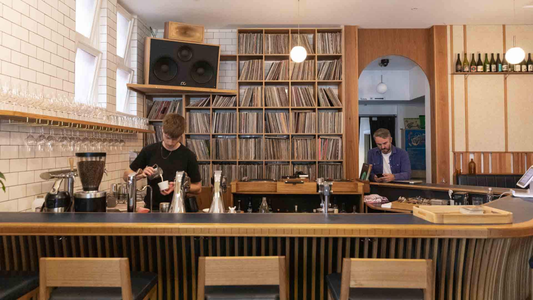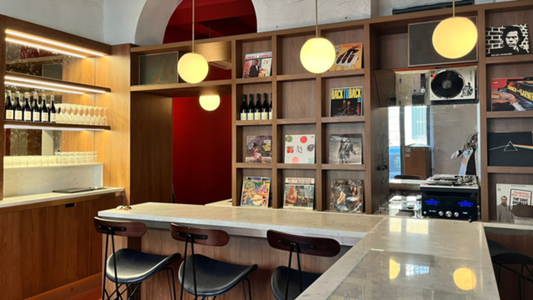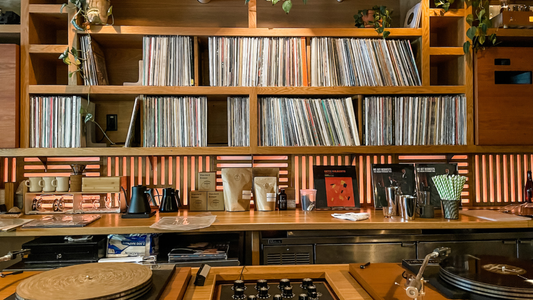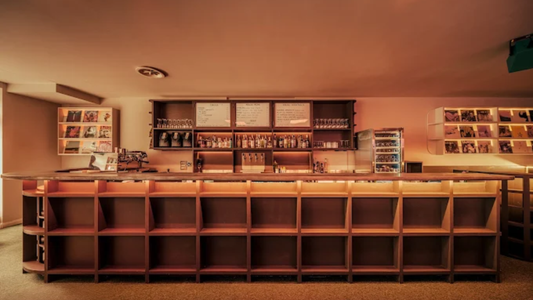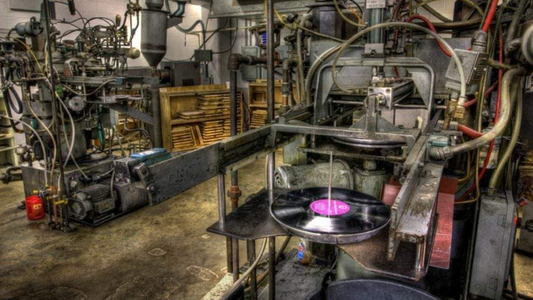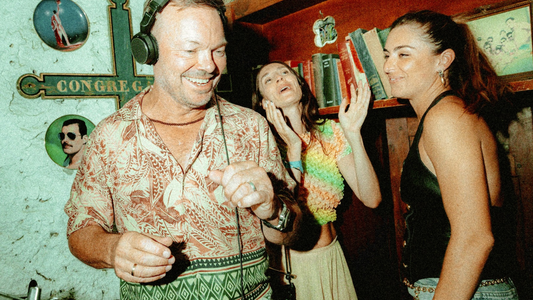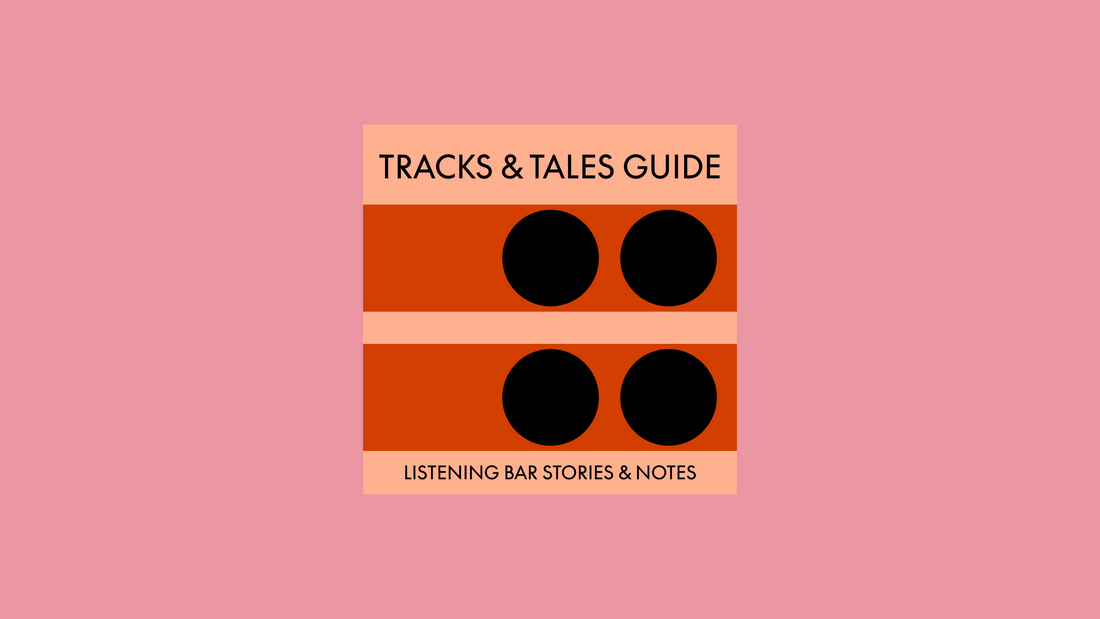
The Future of Analogue
Why vinyl, valves, and tape still matter — and what comes next.
By Rafi Mercer
Every generation is told the same story: the old medium is finished. Tape gave way to CD, CD to MP3, MP3 to stream. Each promised perfection, convenience, progress. And yet, here we are — half a century after the first solid-state amp — still drawn to the faint glow of valves, the weight of a record sleeve, the touch of a stylus.
Analogue endures not because it refuses change, but because it remembers what change forgets: that sound is a physical event.
Why analogue still defines the culture of listening:
- Tactility — touch reconnects us to the act of making sound happen.
- Warmth — harmonic distortion that flatters the ear, not the data.
- Imperfection — tiny inconsistencies that give music its humanity.
- Continuity — lineage and craft passed from engineer to listener.
- Presence — sound as vibration, not abstraction.
Listening bars embody this truth daily. The ritual of handling vinyl, cueing the needle, feeling the static lift before the first note — it’s not nostalgia, it’s physics. Analogue demands involvement; it’s the opposite of passive streaming. It slows you down, and in doing so, makes sound tangible again.
Technology, of course, has evolved. Modern turntables are quieter, amplifiers cleaner, cartridges more precise. Analogue’s future isn’t about purity; it’s about synergy — how the tactile and the digital can coexist. Analogue playback with digital convenience, precision without sterility.
There’s a beauty in that balance. Valve preamps paired with digital sources; vinyl rips archived to high-resolution files; tube warmth feeding modern DSP rooms. The best designers today aren’t trying to recreate the past — they’re distilling its spirit into new forms.
Analogue also carries emotional continuity. A record connects generations — the same pressing played by a parent, a grandparent, a stranger long gone. It’s a medium that holds fingerprints, literally and metaphorically. In an era defined by the disposable, that permanence feels radical.
So what’s next for analogue? Not dominance, but dialogue. A world where we can stream convenience but choose to listen deliberately. Where the future is hybrid — digital brains, analogue hearts.
The future of analogue is not about resisting progress; it’s about reminding it what progress sounds like.
Quick Questions
Why does analogue still matter?
Because it keeps sound physical, human, and imperfect — qualities that digital can’t replicate.
Is the analogue revival just nostalgia?
No. It’s a response to over-digitisation — a rebalancing, not regression.
Can analogue and digital coexist?
Absolutely. The future lies in the harmony between tactile experience and technical precision.
Rafi Mercer writes about the spaces where music matters.
For more stories from Tracks & Tales, subscribe, or click here to read more.
